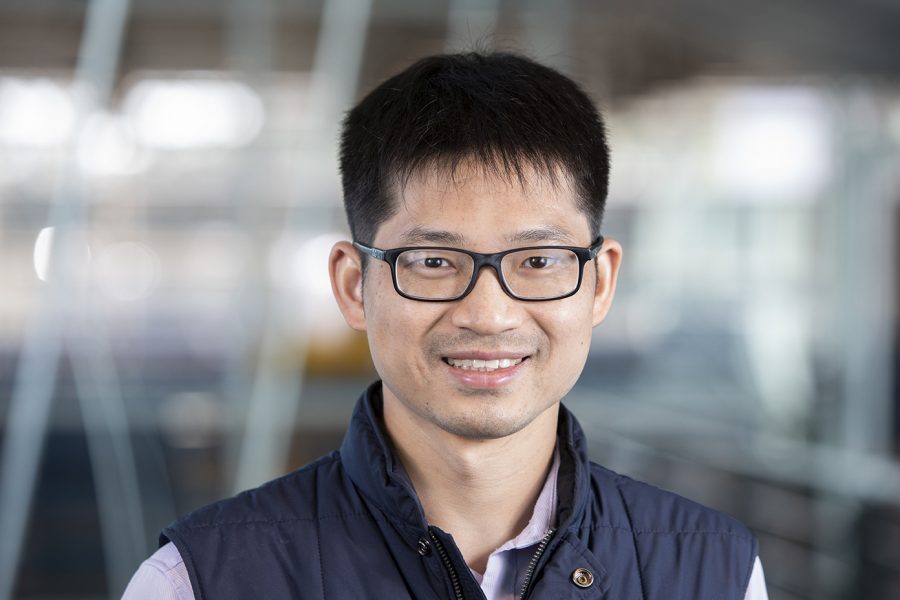
A Florida State University researcher will lead a study into how bacteria can be used to remove carcinogens from groundwater thanks to a $1.4 million grant from the National Institute of Environmental Health Sciences.
Researchers from the FAMU-FSU College of Engineering will collaborate with Texas Tech University to investigate a bioremediation method that could remove health hazards like chlorinated volatile organic compounds (CVOCs) and 1,4-dioxane more rapidly than current technology. The process could be an effective tool for cleaning so-called Superfund sites, places that are contaminated from hazardous waste and deemed a priority for cleanup by the U.S. Environmental Protection Agency.
“The bioremediation techniques we are using have the potential to take carcinogens from polluted locations that normally require a long-term response,” said Youneng Tang, an assistant professor in the Department of Civil and Environmental Engineering.
The research uses bacteria that grow on what are called macrocyclic molecules, which have a unique geometry and internal chemistry that allows them to individually bind with molecules like CVOCs and 1,4-dioxane.
That’s especially important for remediating groundwater containing those compounds, because they need different conditions to biodegrade. CVOCs require anaerobic conditions (free from oxygen) to biodegrade, but 1,4-dioxane metabolizes under aerobic circumstances (needing oxygen).
“The process of remediation requires two steps,” Tang said. “First, we promote growth of dechlorinating biofilm on one type of material to anaerobically biodegrade the CVOC, then we use another macrocyclic material to produce a highly efficient culture to aerobically metabolize 1,4-dioxane.”
In an offsite treatment for the contaminants, the researchers pack a reactor with absorbing materials. Then they pump contaminated groundwater through the reactor to allow the bacteria to develop and degrade the contaminant.
For onsite treatment, they reduce an absorbent material to microscopic size and inject it directly into the ground. The material then absorbs contaminants and bacteria that can degrade the pollutants.
“We hope our research will give us a better understanding of the mechanisms of how novel sorbents enhance bioremediation,” Tang said. “Our long-term goal is to make biological processes more effective and sustainable in the near future.”
The researchers plan to perform two long-term studies at a Superfund site and are partnering with Geosyntec Consultants of Huntington Beach, California, to test the feasibility of the proposed remediation.
Yuexiao Shen, assistant professor of civil engineering, is leading the effort at Texas Tech University.




